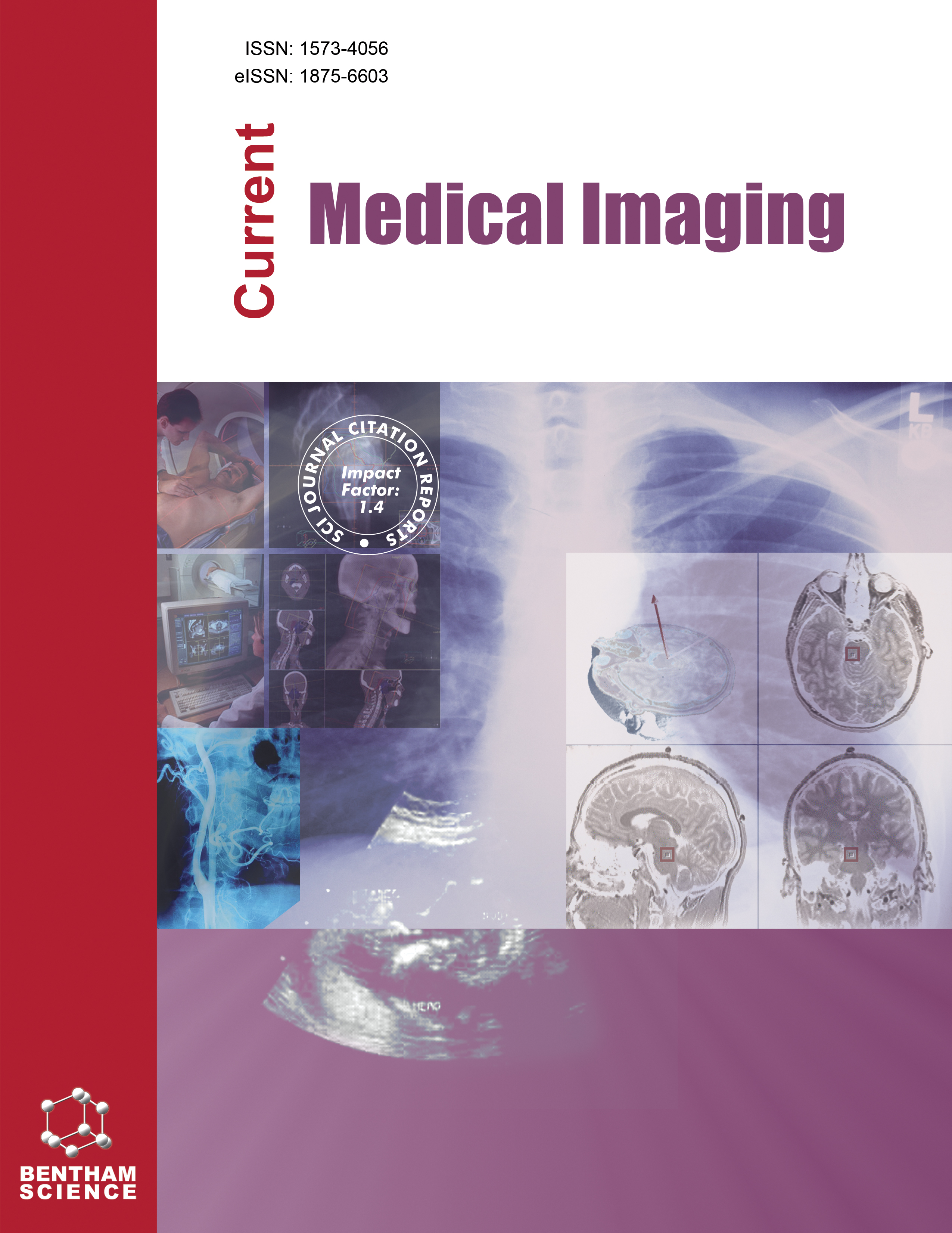-
oa Dermatofibrosarcoma Protuberans MRI: A Preliminary Comparison of Different Sequences
- Source: Current Medical Imaging, Volume 20, Issue 1, Jan 2024, e15734056307179
-
- 01 Mar 2024
- 26 Jun 2024
- 01 Jan 2024
Abstract
The purpose of this study was to compare the image quality of different MRI sequences regarding the presentation of Dermatofibrosarcoma Protuberans (DFSP).
We retrospectively collected MRI images of 40 patients who had been pathologically diagnosed with DFSP, including 21 primary tumors and 19 recurrent tumors. The image quality of different MRI sequences was assessed subjectively by two radiologists, taking into account the display of the lesions, artifacts, and distortions, as well as the overall impact of the image quality.
Among the 40 cases, 22 cases involved the trunk, 14 cases involved the shoulders and limbs, 2 cases involved the head and neck, 1 case involved the breast, and 1 case involved the groin. In terms of image quality, fat suppression T2-weighted images were superior to T1-weighted images and T2-weighted images (P<0.05). The difference between fat suppression T2-weighted images and contrast-enhanced images was not significant (P>0.05). As far as lesion contrast is concerned, diffusion-weighted images, fat suppression T2-weighted images, and contrast-enhanced images did not differ significantly (P>0.05). On the DWI images, there were severe magnetic artifacts and deformations.
Fat suppression T2-weighted images and enhanced sequences produce the highest quality images, while diffusion-weighted images provide the best lesion contrast.


